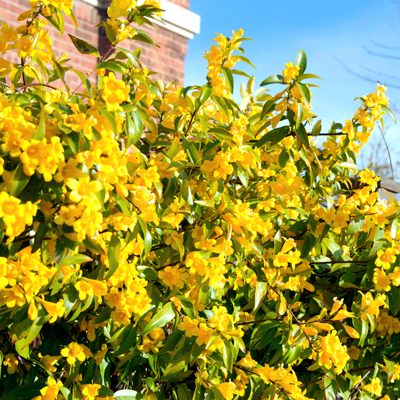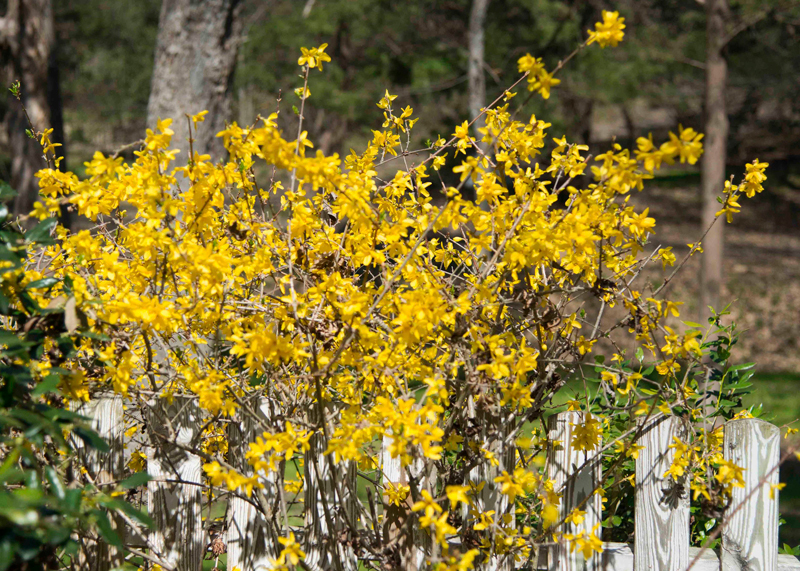Yellow’s the Game!
My wife was involved in the National School Board Association’s National Convention in New Orleans many years ago. I took a cab out to Longue Vue Gardens in nearby Metairie. I was still shooting Kodachrome back then (not digital yet). In fact, I shot more than 20 rolls of film that day. (Loved that garden!)
One of the tiny parts of their 8-acre estate was a courtyard space hardly 20×20 labeled simply as their “Yellow Garden.” Every plant in it either had yellow flowers or foliage. At the time I was there they had primarily pansies at the tail end of winter.
It gets pretty warm in southern Louisiana, and I’m sure they wanted to concentrate on more cooling shades elsewhere. But in that one place they paid homage to all types of yellows.
And so I will do here.
We have scores of plants with yellow flowers or foliage. Some even bear yellow fruit. These are three of my random favorites collected from memories over the years.

Coleus ‘Pineapple’ has to be at the top of my list. I’ve grown it for 65 years – ever since the grouchy old cigar-smoking prof in the A&M greenhouses (he who refused to share cuttings with students) threw out his stock plants. I just happened to be driving past the trash cans that evening and I grabbed a start.
I took them to Ohio State with me when I transferred up north. I grew them in the OSU greenhouses, and they decorated our wedding reception the day Lynn and I were married.
This is not one of the “sun-tolerant” selections of coleus. Plant it where it will get sun until mid-morning, then shade the rest of the day. It will reward you with great color from spring until frost. I love this plant!
Forsythia
We Texans don’t have a lot of yellow-flowering shrubs for the spring. This one, best adapted to the north and east sections of the state, is outstanding. We have 8 or 10 of them in our rural Collin County landscape. They’ve been in place for 20 to 30 years and every spring, just as the daffodils start to fade, they begin to kick in.
When I was in graduate school at Ohio State I needed a shrub that would grow quickly and that was really dependable for my research. I chose forsythia. We were using it in snowbank plantings along I-71 north of Columbus, so we had a good reason to use it. I raised several hundred under various growing regimes, then I spent some cold evenings washing soil from their roots out behind the horticulture greenhouses. Those were long days and nights, but in retrospect, they were great times, so the memories are fond.

Carolina jessamine helped us pay for the birth of our second son Todd. I grew 300 plants in 1-gallon pots on our driveway. It wasn’t enough to pay the whole baby bill, but it chipped away at it one plant at a time.
Carolina jessamine (note the spelling – it’s not “jasmine”) is botanically Gelsemium sempervirens. It’s native from East Texas clear to the East Coast. And as good as it is in the shade, it’s even better in the sun. It’s a refined grower with evergreen foliage.
It climbs by twining (as opposed to tendrils or holdfasts), so it’s great for wood or wrought iron fences. And best of all, it has wonderful fragrance while it blooms for a couple of weeks this time of year.

